Dozens of emergency hospitalizations due to mushroom poisoning
In the past 2 weeks, there have been many consecutive emergency hospitalizations due to mushroom poisoning.
At noon on June 3, the Central Highlands General Hospital admitted 6 patients with signs of poisoning after eating red mushrooms grown from cicada larvae. Of these, 5 elderly patients were given emergency treatment at the Intensive Care and Anti-Poison Department, and 1 child patient was being treated at the Pediatric and Neonatal Intensive Care Department.
According to a patient, in recent days, many people in the area have dug up mushrooms growing from cicada nymphs to sell, mistaking them for nutritious foods like cordyceps. His family members also dug up more than ten red mushrooms growing from cicada nymphs around the house and cooked them for five people in the family.
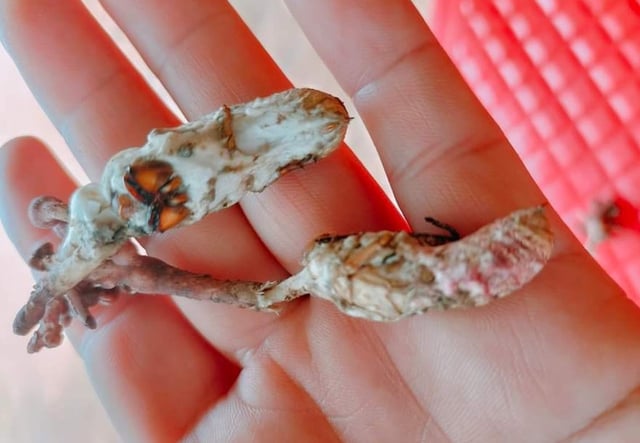
Image of a type of mushroom that grows from cicada larvae that people dig up to cook, leading to poisoning
Previously, on May 29, Ba Ria Hospital (Ba Ria-Vung Tau) announced that 4 patients were poisoned by eating strange mushrooms and were admitted to the hospital for emergency treatment, including 2 serious cases that were transferred to Ho Chi Minh City. Accordingly, these 4 people ate a type of mushroom picked from the mountain for lunch. After eating for a few minutes, all of them felt tired and had severe stomach pain.
Five days ago, the Department of Tropical Diseases, Cho Ray Hospital also received a case of a male patient (34 years old, residing in Duc Linh District, Binh Thuan) who was poisoned after eating cicada pupae because he mistook them for nutritious food, cordyceps. This person went gardening and dug up cicada pupae with the shape of a mushroom, so he thought it was cordyceps and brought it home to eat.
Many species of Cordyceps are poisonous.
Dr. and pharmacist Nguyen Thanh Triet (Department of Traditional Pharmacy, University of Medicine and Pharmacy, Ho Chi Minh City) said that there are many different types of mushrooms in the Cordyceps genus (ie the genus of Cordyceps mushrooms), however, not all of them can be used, some are even toxic.
Currently, the two main types of mushrooms used are C. sinensis (which grows naturally in Tibet) and C. militaris. These mushrooms can parasitize many different substrates and can also create toxicity. For example, in Vietnam, it is estimated that there are over 60 types of insects that this mushroom can parasitize.
"Therefore, people should not pick mushrooms for their own use, because they may eat toxic ones. If they buy them, they should buy them from a place with a clear origin and clear testing of the active ingredient (cordycepin)," Dr. Nguyen Thanh Triet advised.
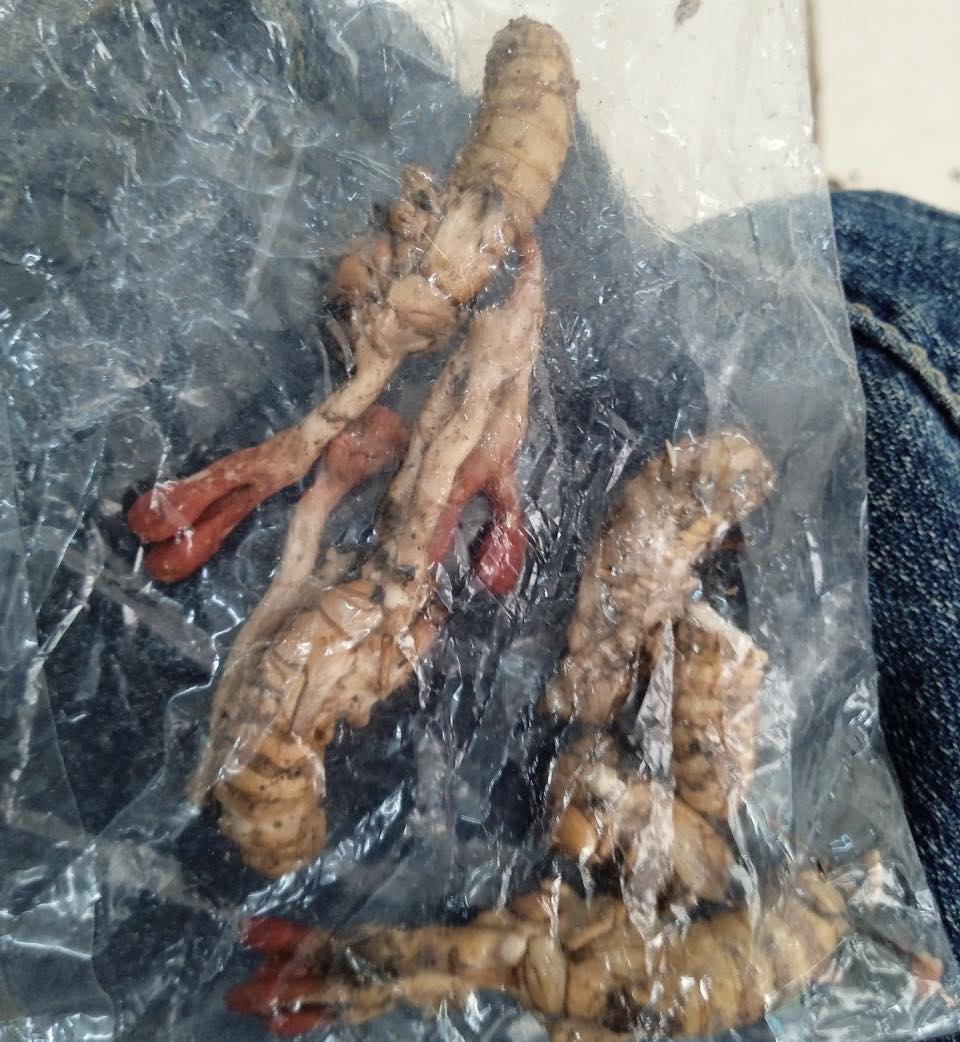
Mushrooms growing from cicada corpses cause poisoning
Dr. Nguyen Thi Thuy Ngan, Deputy Head of the Department of Tropical Diseases, Cho Ray Hospital, said that cicadas lay eggs in the soil, which then develop into larvae (also known as cicada pupae). Cicada pupae lie in the soil, possibly next to fungal spores. These fungi attack and parasitize the host, they will replace the host's tissues and grow long stems. These fungi will absorb nutrients from the host, causing the host to die and grow outside the host's body. That's why they are called "Cordyceps".
Depending on the type of fungus parasitizing the host, the fungus is beneficial to human health or poisonous. Therefore, it can be nutritious food according to oriental medicine; or toxic to humans, as in the case of the patient above.
Doctor Ngan recommends that people should absolutely not eat cicada pupae when they encounter them, which can be mistaken for nutritious food like cordyceps. If you want to use cordyceps, you need to buy products with clear origin, guaranteed quality, or have an expert knowledgeable about cordyceps advise you.
Source link


![[Photo] General Secretary To Lam begins official visit to Russia and attends the 80th Anniversary of Victory over Fascism](https://vphoto.vietnam.vn/thumb/1200x675/vietnam/resource/IMAGE/2025/5/8/5d2566d7f67d4a1e9b88bc677831ec9d)
![[Photo] General Secretary concludes visit to Azerbaijan, departs for visit to Russian Federation](https://vphoto.vietnam.vn/thumb/1200x675/vietnam/resource/IMAGE/2025/5/8/7a135ad280314b66917ad278ce0e26fa)

![[Photo] President Luong Cuong presents the decision to appoint Deputy Head of the Office of the President](https://vphoto.vietnam.vn/thumb/1200x675/vietnam/resource/IMAGE/2025/5/8/501f8ee192f3476ab9f7579c57b423ad)
![[Photo] National Assembly Chairman Tran Thanh Man chairs the meeting of the Subcommittee on Documents of the First National Assembly Party Congress](https://vphoto.vietnam.vn/thumb/1200x675/vietnam/resource/IMAGE/2025/5/8/72b19a73d94a4affab411fd8c87f4f8d)
![[Photo] Prime Minister Pham Minh Chinh meets with the Policy Advisory Council on Private Economic Development](https://vphoto.vietnam.vn/thumb/1200x675/vietnam/resource/IMAGE/2025/5/8/387da60b85cc489ab2aed8442fc3b14a)
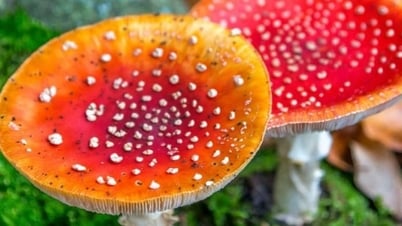

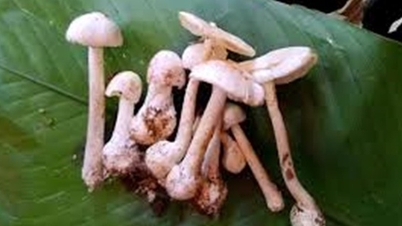








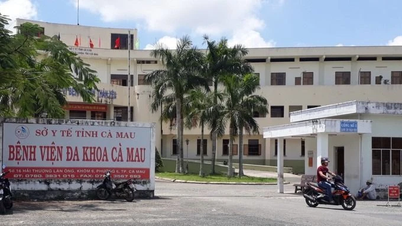

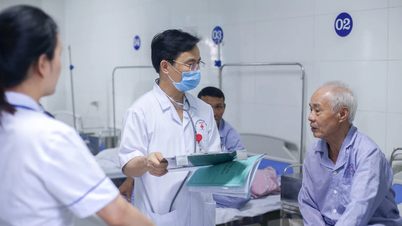
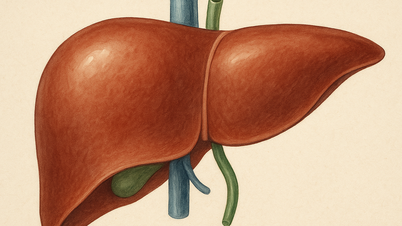
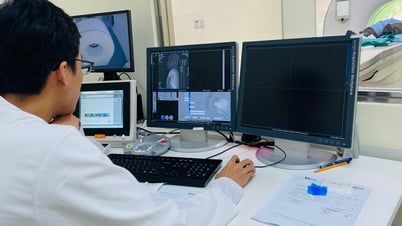




























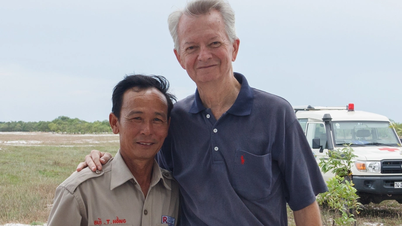










![[Photo] Prime Minister Pham Minh Chinh talks on the phone with Singaporean Prime Minister Lawrence Wong](https://vphoto.vietnam.vn/thumb/402x226/vietnam/resource/IMAGE/2025/5/8/e2eab082d9bc4fc4a360b28fa0ab94de)



































Comment (0)